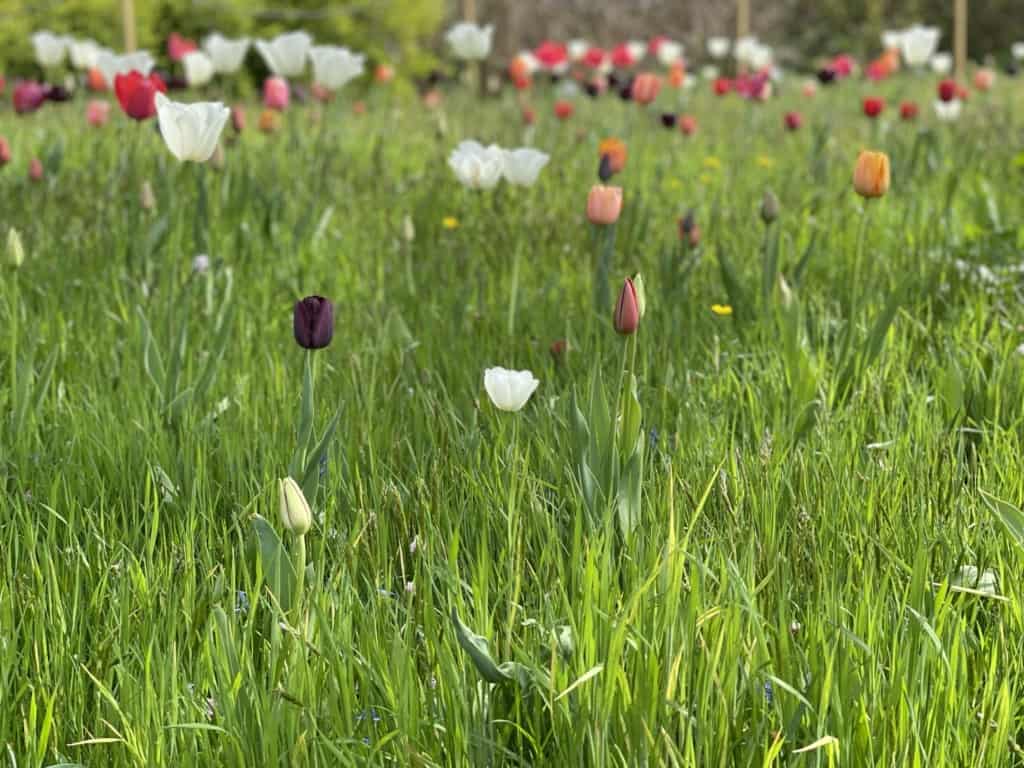Introduction:
Tulips (genus Tulipa) have captivated humanity for centuries with their vibrant colours and graceful forms. This flowering plant belongs to the Liliaceae family and is native to Central Asia, although it has become synonymous with Dutch culture. This article explores the rich history, cultural significance, and biological characteristics of tulips.
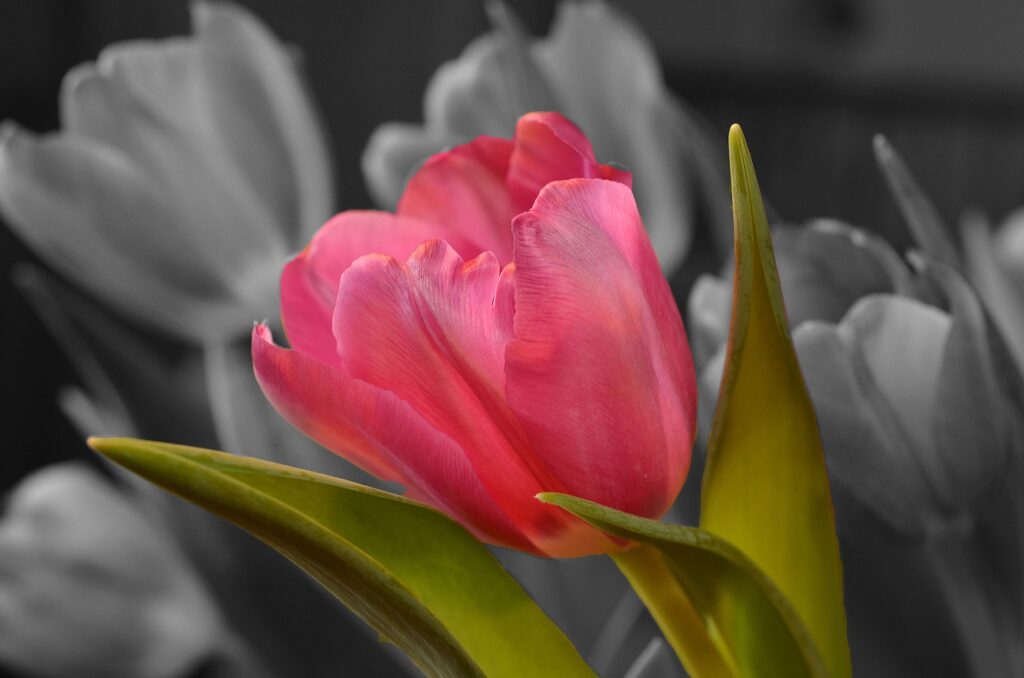
Historical Origins:
Tulips have a storied past, with their cultivation dating back to the Ottoman Empire in the 16th century. The fascination with tulips, known as “Tulipomania,” reached its peak in the Netherlands during the 17th century, creating a speculative market for tulip bulbs. Although the tulip market eventually crashed, the enduring appeal of these flowers persists to this day.
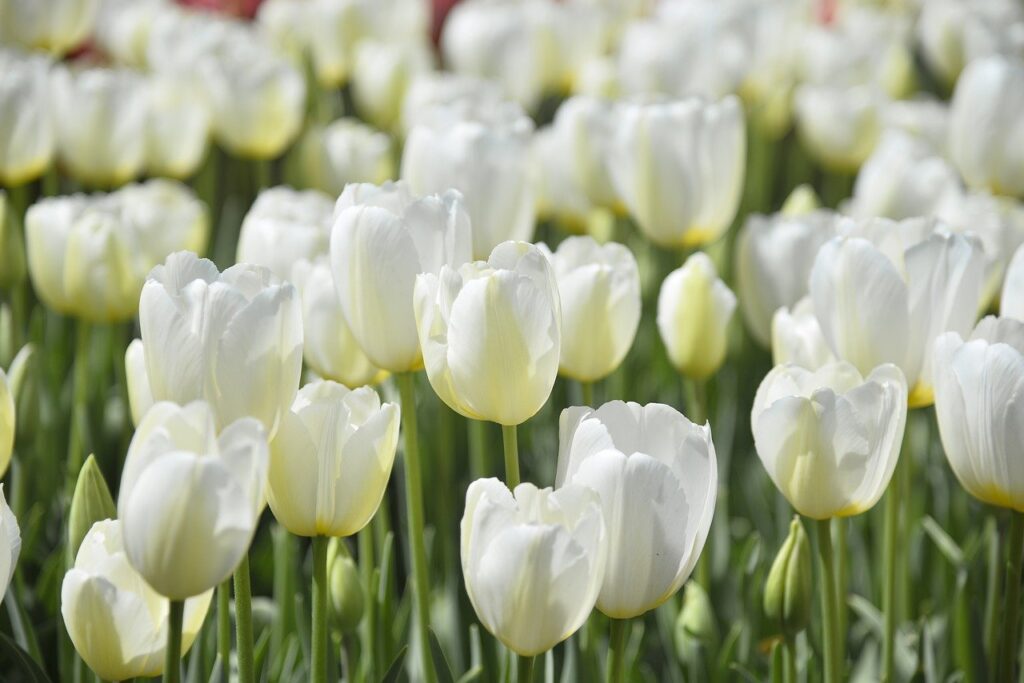
Cultural Significance:
Tulips have played a prominent role in various cultures and have been immortalized in art and literature. In Persian literature, the tulip symbolizes perfect love, while in Turkish culture, it represents paradise on earth. In the Netherlands, tulips are synonymous with spring and are a symbol of the country’s vibrant horticultural industry.
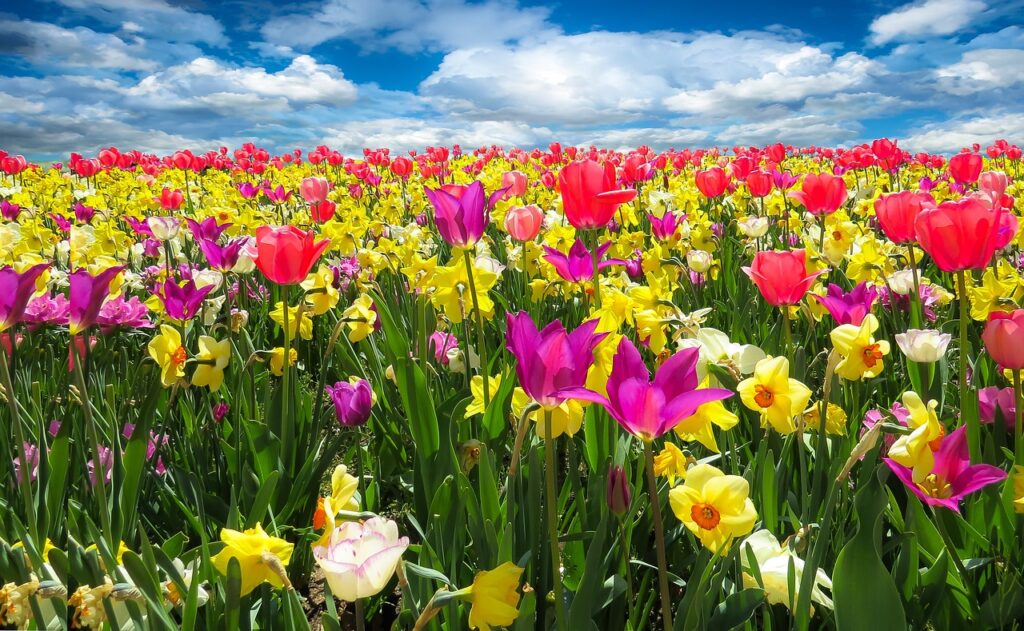
Biology and Varieties:
Tulips are known for their diverse range of colours, shapes, and sizes. With over 75 wild species and countless cultivated varieties, tulips offer gardeners and floral enthusiasts a wide spectrum of choices. The classic cup-shaped tulip is just one of many forms, including the elegant lily-flowered, fringed, and parrot tulips.
Tulips are generally hardy and easy to grow, requiring well-drained soil and plenty of sunlight. These perennial bulbs should be planted in the fall to bloom in the spring, and their ability to naturalize makes them a popular choice for gardens and landscapes.
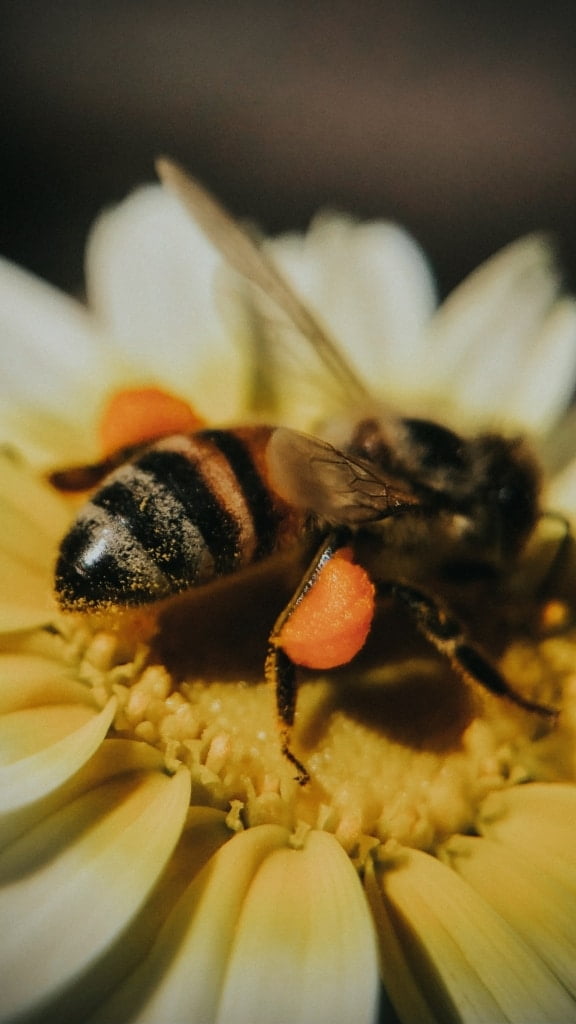
Cultivation and Care:
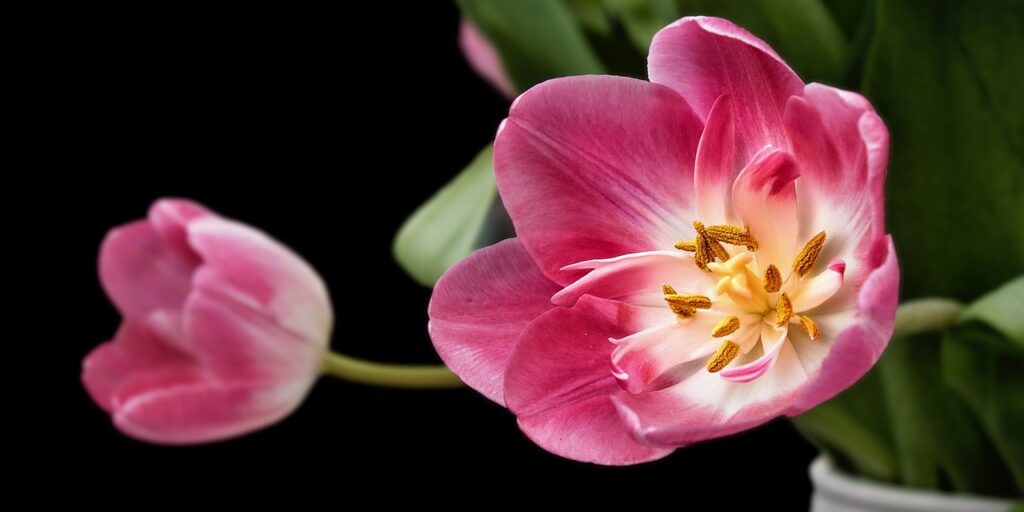
Conclusion:
In conclusion, tulips stand as a symbol of beauty, resilience, and cultural significance. From their origins in Central Asia to the Tulipomania in the Netherlands, these flowers have etched their place in history. With their stunning array of colours and diverse varieties, tulips continue to enchant gardeners and flower enthusiasts around the world, adding a burst of colour and elegance to landscapes and floral arrangements alike.
References:
- Brickell, C., & Joyce, D. (2003). The Royal Horticultural Society Encyclopedia of Garden Plants. Dorling Kindersley.
- Phillips, R., & Rix, M. (1991). The Random House Book of Perennials: A Comprehensive Encyclopedia of More Than 1,000 Perennials from Around the World. Random House.
- Royal Botanic Gardens, Kew. (n.d.). Tulips at Kew Gardens. https://www.kew.org/kew-gardens/whats-in-the-gardens/tulips
- RHS Chelsea Flower Show. (n.d.). https://www.rhs.org.uk/shows-events/chelsea
- The Gardens Trust. (2021). Alan Bloom. https://thegardenstrust.org/alan-bloom/

